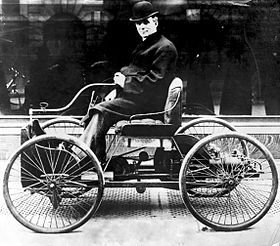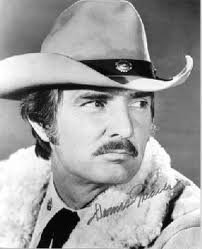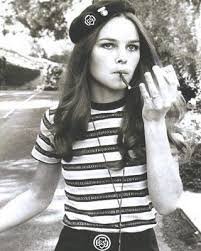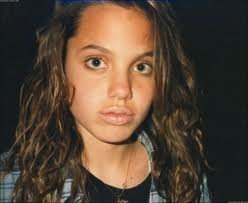
The clown character developed out of the zanni rustic fool characters of the early modern commedia dell'arte, which were themselves directly based on the rustic fool characters of ancient Greek and Roman theatre. Rustic buffoon characters in Classical Greek theater were known as sklêro-paiktês (from paizein: to play (like a child)) or deikeliktas, besides other generic terms for rustic or peasant. In Roman theater, a term for clown was fossor, literally digger; labourer.
The English word clown was first recorded c. 1560 (as clowne, cloyne) in the generic meaning rustic, boor, peasant. The origin of the word is uncertain, perhaps from a Scandinavian word cognate with clumsy. It is in this sense that Clown is used as the name of fool characters in Shakespeare's Othello and The Winter's Tale. The sense of clown as referring to a professional or habitual fool or jester developed soon after 1600, based on Elizabethan rustic fool characters such as Shakespeare's.
The harlequinade developed in England in the 17th century, inspired by Arlecchino and the commedia dell'arte. It was here that Clown came into use as the given name of a stock character. Originally a foil for Harlequin's slyness and adroit nature, Clown was a buffoon or bumpkin fool who resembled less a jester than a comical idiot. He was a lower class character dressed in tattered servants' garb.
The now-classical features of the clown character were developed in the early 1800s by Joseph Grimaldi, who played Clown in Charles Dibdin's 1800 pantomime Peter Wilkins: or Harlequin in the Flying World at Sadler's Wells Theatre, where Grimaldi built the character up into the central figure of the harlequinade.
The circus clown developed in the 19th century. The modern circus derives from Philip Astley's London riding school, which opened in 1768. Astley added a clown to his shows to amuse the spectators between equestrian sequences. American comedian George L. Fox became known for his clown role, directly inspired by Grimaldi, in the 1860s. Tom Belling senior (1843–1900) developed the red clown or Auguste (Dummer August) character c. 1870, acting as a foil for the more sophisticated white clown. Belling worked for Circus Renz in Vienna. Belling's costume became the template for the modern stock character of circus or children's clown, based on a lower class or hobo character, with red nose, white makeup around the eyes and mouth, and oversized clothes and shoes. The clown character as developed by the late 19th century is reflected in Ruggero Leoncavallo's 1892 opera Pagliacci (Clowns). Belling's Auguste character was further popularized by Nicolai Poliakoff's Coco in the 1920s to 1930s.
In the United States, Bozo the Clown was an influential Auguste character since the late 1950s. The Bozo Show premiered in 1960 and appeared nationally on cable television in 1978. McDonald's derived its mascot clown, Ronald McDonald, from the Bozo character in the 1960s. Willard Scott, who had played Bozo during 1959–1962, performed as the mascot in 1963 television spots. The McDonald's trademark application for the character dates to 1967.
Based on the Bozo template, the US custom of birthday clown, private contractors who offer to perform as clowns at children's parties, developed in the 1960s to 1970s. The strong association of the (Bozo-derived) clown character with children's entertainment as it has developed since the 1960s also gave rise to Clown Care or hospital clowning in children's hospitals by the mid-1980s. Clowns of America International (established 1984) and World Clown Association (established 1987) are associations of semi-professionals and professional performers.
In the circus, a clown might perform other circus roles or skills. Clowns may perform such skills as tightrope, juggling, unicycling, Master of Ceremonies, or ride an animal. Clowns may also "sit in" with the orchestra. Other circus performers may also temporarily stand in for a clown and perform their skills in clown costume.
For this crowd-pleasing appetizer, all you have to do is mix together flavorings with prepared frozen meatballs and let the slow cooker do all the cooking! Our Slow Cooker Sweet and Sour Meatballs are easy to make, easy to bring along, and easy to clean up!
- 1 (9- to 10-ounce) jar sweet and sour sauce
- 1/4 cup light brown sugar
- 3 tablespoons soy sauce
- 1/2 teaspoon garlic powder
- 1/2 teaspoon black pepper
- 2 1/2 pounds frozen meatballs
- 1 red bell pepper, chopped
- 1 (20-ounce) can pineapple chunks, drained
- Place all ingredients in slow cooker; stir gently then cover with lid. Cook on low setting for 7 to 8 hours, or on high setting for 4 to 5 hours, until done.
- Carefully remove lid to allow steam to escape. Serve directly from slow cooker .
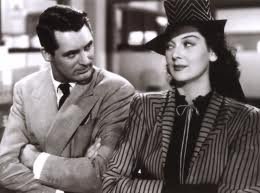

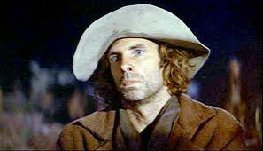



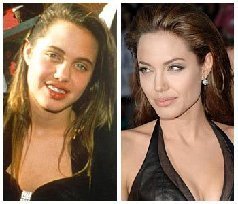
HOW TO OBSERVE
When National Hug Your Cat Day rolls around each year on June 4th, the purr-fect opportunity presents itself for some snuggle time. Depending on your feline critter’s nature, hugging may not be in the cards. However, like most animals, touch is a vital part of communication – and the same goes for the claw-ful kind.
All kitten aside, if you’re fur-tunate enough to have a feline friend, any attention they give you may be a blessing. Others never leave your side and cuddle often. Of course, most cats have purr-sonality in spades.
Meow, if your feline friend becomes hiss-terical when you try to hug him, you may have to settle for a boop. It’s un-furr-tunate, but it is an option. Those who don’t have any feline companionship may need to litter-ally visit a neighbor or volunteer at a local shelter. Those paw-some critters need some hugs, too.
HOW TO OBSERVE Hug Your Cat Day
Love on your furr-tunate kitty. While you’re at it, make it a purr-manent part of your routine. If you are considering getting a cat, adopt instead of purchasing one.







